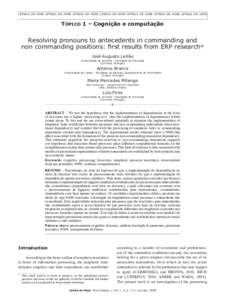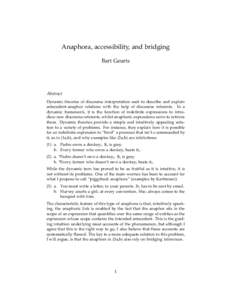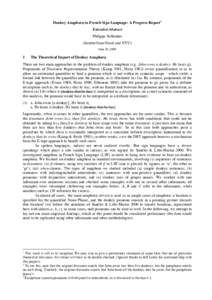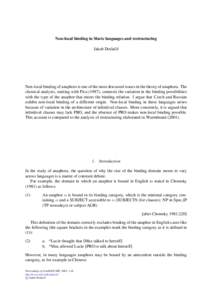<--- Back to Details
| First Page | Document Content | |
|---|---|---|
 Date: 2016-06-07 10:41:38Syntax Linguistics Grammar Personal pronouns Semantics Disputes in English grammar Modern English personal pronouns Neurolinguistics Logophoricity Anaphora Pronoun Coreference |
Add to Reading List |
 LETRAS HOJE to LETRAS DE HOJE LETRAS DE ResolvingDE
LETRAS HOJE to LETRAS DE HOJE LETRAS DE ResolvingDE
![Anaphora, Perspective, and Identity. This work provides a better understanding of the following unexpected coreference patternsa. Mummy [= the speaker] is going to buy you something tasty. b. John tried to keep aw Anaphora, Perspective, and Identity. This work provides a better understanding of the following unexpected coreference patternsa. Mummy [= the speaker] is going to buy you something tasty. b. John tried to keep aw](https://www.pdfsearch.io/img/fad242fdb27024ffa220f5d51245d20a.jpg)

